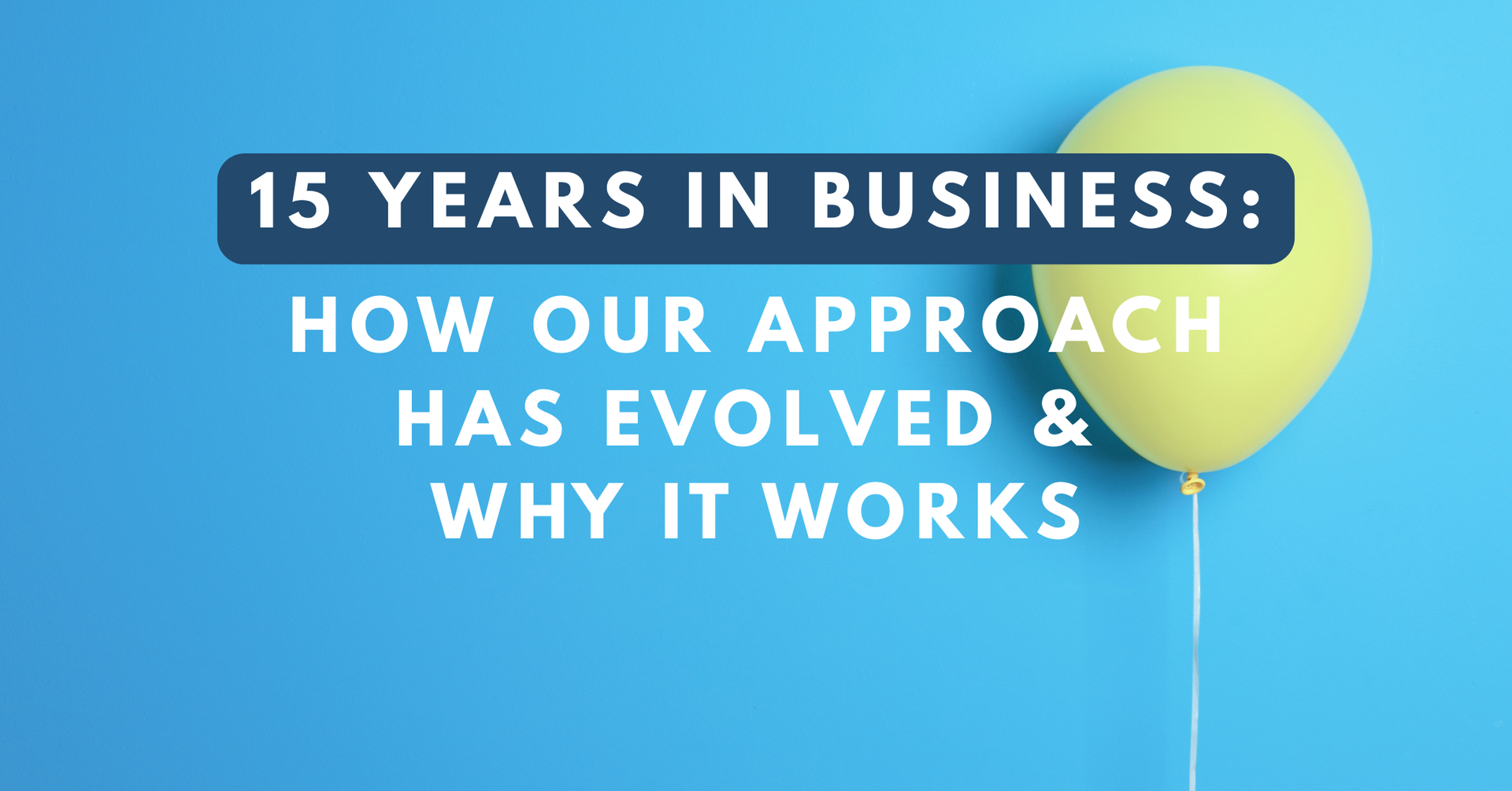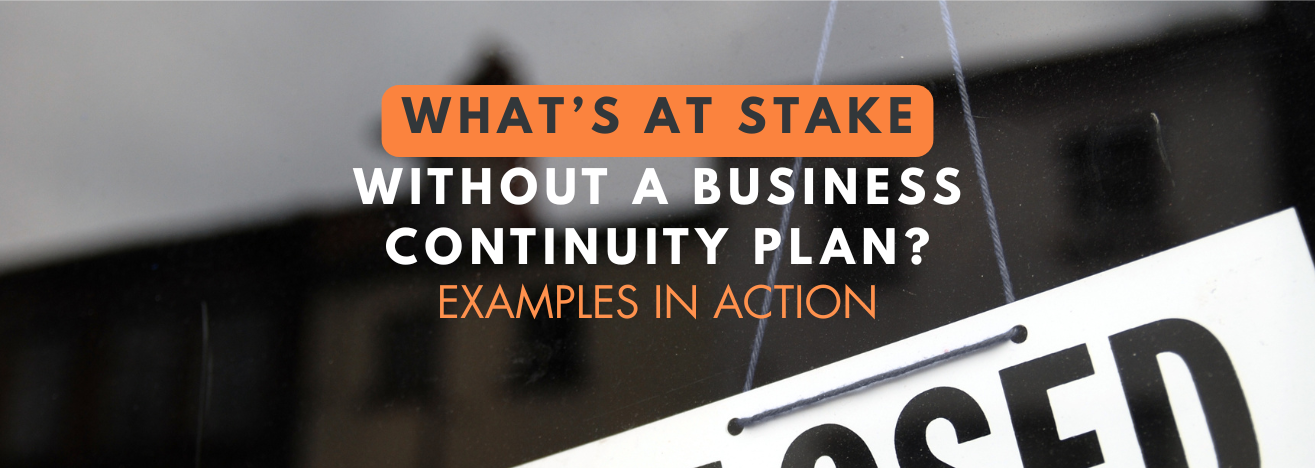When Policy Ignores Reality: The Real Cost of Tariffs for Small Product-Based Businesses
See How We're Different
or call us: (858) 384‑1506
From Mike’s Desk
Every day, I hear real stories from small business owners doing their best to stay resilient in a challenging and unpredictable world. This series brings those stories forward, highlights their challenges, and offers a perspective that often gets overlooked. Today, I want to talk about something I heard on my morning commute that stuck with me. It revealed how disconnected some policy conversations can be from the day-to-day reality of running a small business.
On my way to work this morning, I listened to a popular business channel on Sirius XM. The topic was tariffs and how they are affecting American businesses. The guest was a government official, and his response to a very real and pressing issue caught me off guard.
The host raised concerns from small business owners relying on imported products. One example was a business facing a tariff increase from 17 percent to 27 percent. The owner worried this could lead to layoffs or even closing their doors.
The official responded by saying not to panic. He suggested finding new suppliers in other countries and simply raising prices because consumers would understand.
As someone who works with small and midsize businesses daily, especially those in manufacturing and e-commerce, I can tell you that thinking misses the mark. These are not easy fixes. For many business owners, they are not even options.
Why a 10% Tariff Hike Hits Harder Than It Sounds
A 10 percent tariff increase might not seem like a deal breaker. However, 10 percent is more than a statistic for a small business importing raw materials or finished goods. It can be the difference between staying in business and shutting down.
Many small manufacturers and e-commerce sellers already operate with tight margins. They are juggling rising costs, including shipping, labor, insurance, marketing, and the technology they need to stay competitive. When a new 10 percent cost is added to their core products, the impact is immediate and real. It is not always possible to absorb that cost, and raising prices is not always an option.
Switching to suppliers in other countries is not a quick fix either. It is not just about finding a cheaper alternative. It requires managing new relationships, ensuring product quality, understanding import regulations, and adjusting timelines. This shift is often unrealistic for businesses with lean teams and limited resources.
Pricing can make or break a business in online selling, especially on platforms like Amazon, Shopify, or Etsy. Raise your prices too much, and your products will become less visible. You lose placement in search results, more carts get abandoned, and you start losing to competitors. The effects go beyond just this month’s sales.
These are not abstract concerns. They are the daily decisions and challenges that small business owners face.
A Real-World Example from a Client Conversation
I spoke with a client who runs a small but fast-growing e-commerce brand not long ago. They import specialized products manufactured overseas. Their business was doing well. They had loyal customers, a solid fulfillment process, and a steady growth plan.
Then, tariffs increased.
Suddenly, their landed cost per unit jumped by several dollars. It doesn’t sound like much at first glance, but those few dollars matter greatly when moving thousands of units a month and working within a carefully balanced margin. Their options? Raise prices and risk losing their competitive edge, or eat the cost and risk operating at a loss.
Neither option was sustainable. They tried to negotiate with their supplier, adjusted their marketing budget, and even considered outsourcing customer service to cut expenses. But every move came with trade-offs. Growth slowed. Hiring plans were put on hold. And the stress of trying to keep everything afloat grew heavier.
This is what a 10 percent increase looks like. It’s not just a number on a spreadsheet. It’s a turning point in someone’s business journey.
Risk, Insurance, and Compliance: The Overlooked Side of Tariff Impact
When tariffs increase, the impact extends far beyond product pricing and sourcing. It can trigger a chain reaction that affects risk exposure, insurance coverage, and compliance in ways many small business owners do not anticipate.
Rising costs often lead to quick decisions for manufacturers and e-commerce sellers. You may shift suppliers, adjust shipping routes, or reduce spending in quality control and warehousing areas. These changes can increase risk. Whether you are working with unfamiliar partners, importing from new regions, or renegotiating terms, every move carries potential consequences.
Increased financial pressure may also push businesses to take on more risk without reviewing or updating their insurance plans. That can lead to gaps in coverage, particularly in areas like general liability, product liability, or cyber protection. Fast growth without proper planning can also leave online sellers vulnerable to claims or regulatory fines.
Here are a few steps that can help you stay protected:
- Review your insurance policies often. Confirm that your coverage reflects current operations, including new suppliers, changes in product origin, or higher sales volumes (remember, tariffs may increase your top-line revenue).
- Check your contracts and compliance processes. When working with new vendors or shifting logistics, ensure your agreements offer clear protection and align with regulations.
- Create a plan for supply chain risk. Identify alternative vendors, outline backup sourcing options, and ensure you have a strategy to maintain product quality during transitions.
- Work with advisors who understand your space. The right insurance and compliance partners will help you evaluate your exposure and prepare for the unexpected.
Tariffs are just one pressure point in a larger web of business risk. The way you respond can make the difference between resilience and vulnerability.
Final Thoughts: Staying Resilient in a Shifting Landscape
If you are a small business owner in manufacturing or e-commerce, you already know how fast the ground can shift beneath your feet. Tariff hikes, policy changes, and supply chain disruptions are not just headlines. They are real challenges affecting your bottom line and peace of mind.
I hope this message reinforces that you are not alone in these pressures. You deserve a seat at the table when decisions are made, and you deserve support from people who understand the realities of your business.
At Fusco Orsini and Associates and 4C Advising, we help you stay protected, compliant, and positioned to grow. Whether that means reviewing your insurance, strengthening your risk strategy, or just discussing what is next, we are ready to walk that path with you.
Let’s keep pushing forward together. Contact us to review your insurance and risk strategy!







